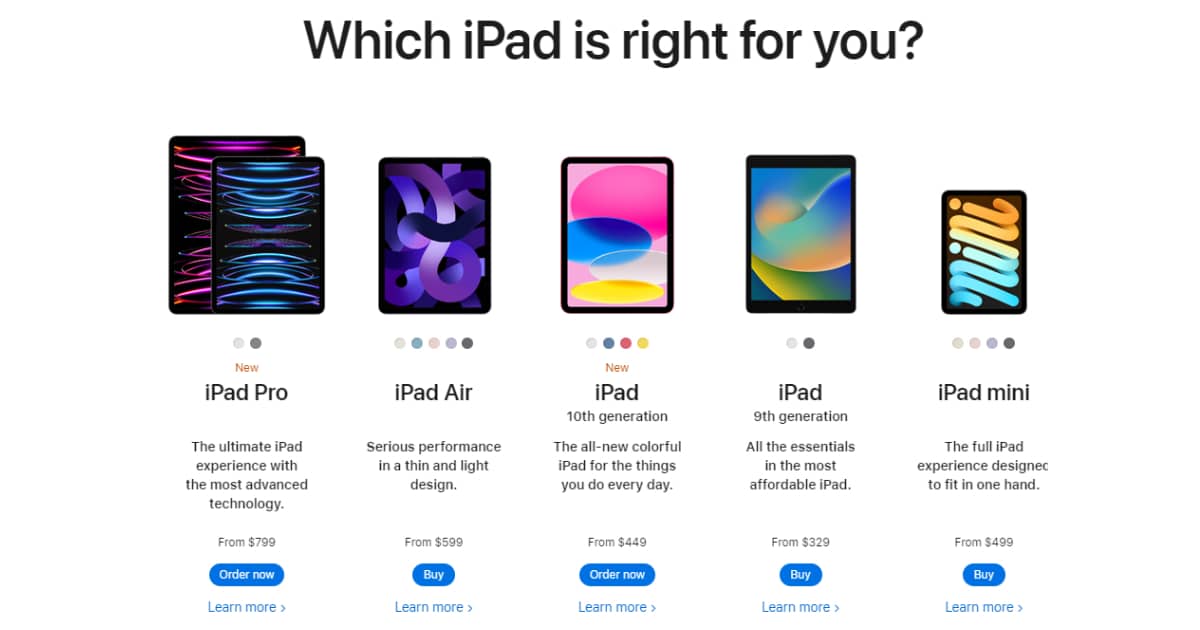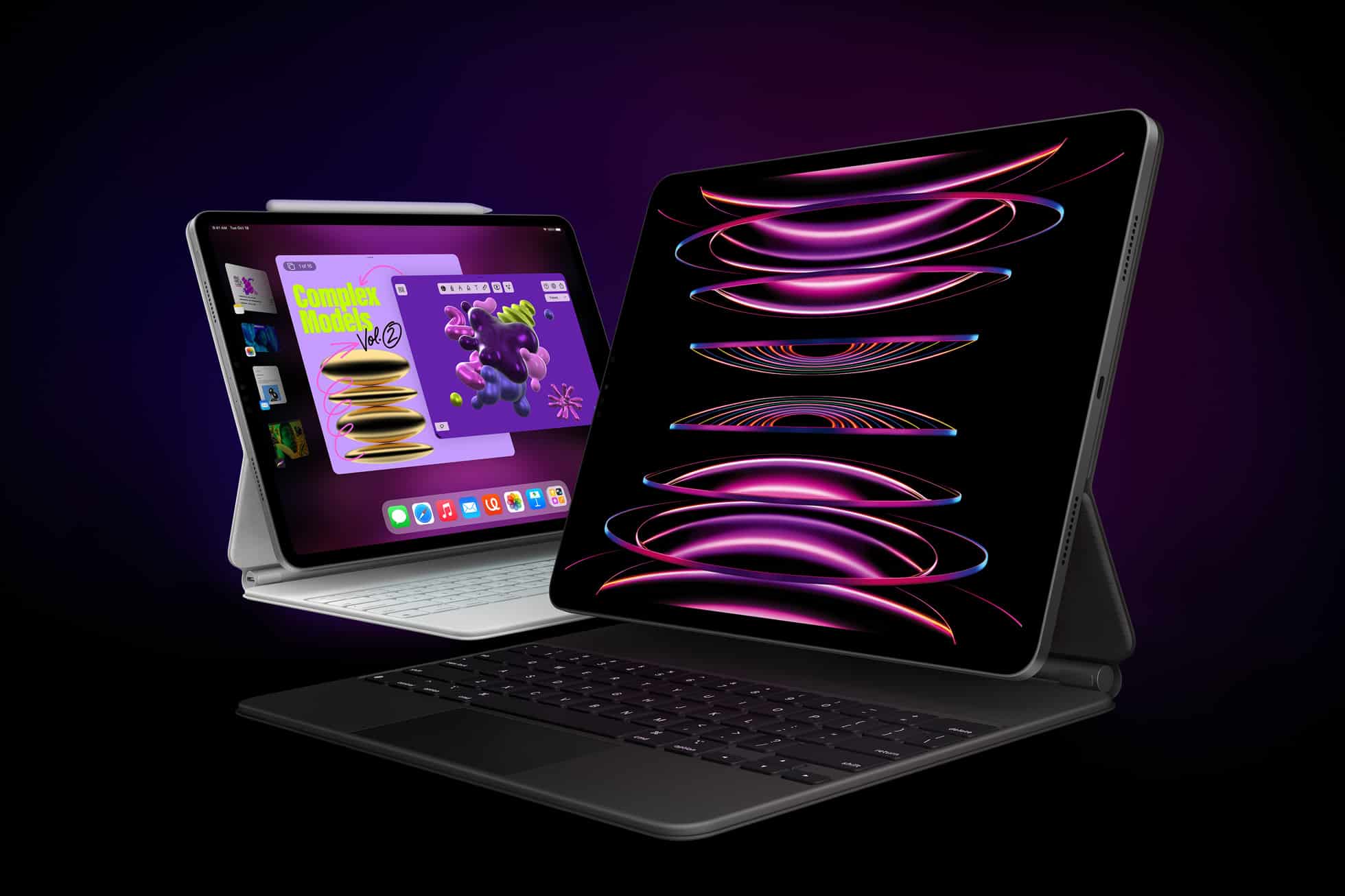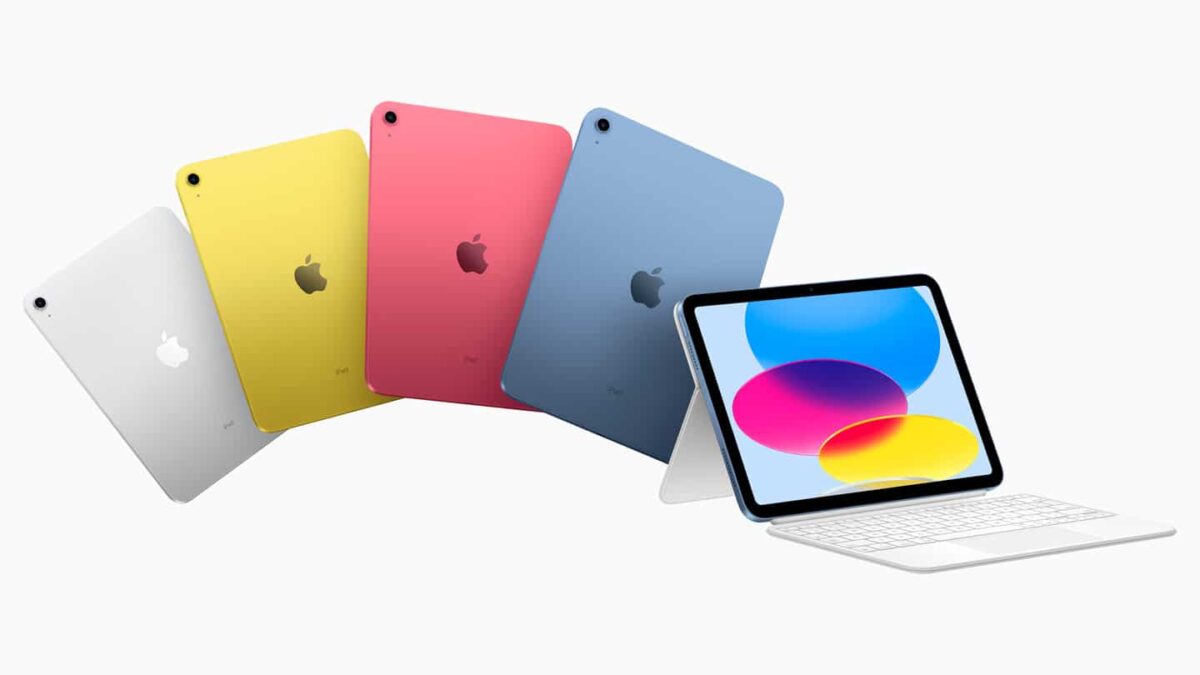Reflecting on the new iPad releases, Journalist Mark Gurman in a new report says that Apple’s vision for its iPad lineup has become cloudy in recent years. Gurman goes on to outline how the iPad lineup should eventually look in the coming years.

The 2022 iPad lineup is confusing, says Gurman
In the latest edition of his “Power On” newsletter for Bloomberg, Gurman delved into the history of the iPad lineup and how Apple has made “strange decisions with the hardware lineup,” in recent years.
Starting off with the 2022 iPad Pro, Gurman says that the device is the “smallest update in that model’s seven-year history.” To recap, the device includes the M2 chip, faster Wi-Fi, and a new hover functionality for Apple Pencil. “The new Pro may even be the most minor update in the history of all iPads,” the journalist says.
I had been excited about the prospect of a new iPad Pro, hoping that features like MagSafe charging and a new design with glass on the back would be ready for this generation. Instead, we got a 15% faster processor.
The new models didn’t get the typical camera upgrades, and Apple didn’t increase the screen brightness to 2,000 nits, which would’ve matched the iPhone 14 Pro. The company also didn’t make changes to the XDR display’s lighting zones, despite some users complaining about a blooming effect on their screens.
The new models are—down to the millimeter and gram—the same size, thickness and weight as the prior models, a rarity for updates to Apple’s mobile devices.

As for the new entry-level iPad, Gurman predicts the device will be quite popular given its price point, redesign and colors. However, he finds this iPad consuming as well given that it does not offer support for the second-generation Apple Pencil. Another strange decision is the $249 price of the Magic Keyboard Folio.
While the device will likely be popular with consumers, it means the whole package—iPad plus Magic Keyboard—will run you $700. That could be a nonstarter for student customers. Microsoft’s keyboard, in contrast, is $100.

Gurman goes on to say that the new entry-level iPad makes the 2022 iPad Air “less of a clean fit” in the iPad lineup.
The only benefits of the Air are the M1 chip, a laminated display with P3 color support, and second-generation Apple Pencil compatibility. Try finding a non-iPad Pro customer who would spend an extra $150 for those features.
The journalist then outlines how the iPad lineup should eventually look like:
- iPad SE (entry level): This would be today’s $329 iPad geared toward education users or, eventually, the new entry-level iPad once Apple is able to make it for $350 or less. That might take time since the company isn’t going to sacrifice its margins.
- iPad and iPad mini (mid-tier): Apple would need to merge the features and specifications of three iPads—the new entry-level model, the Air and the current mini—and then offer that product in both standard and mini sizes.
- iPad Pro (high end): This would be the iPad Pro of today, but ideally with some significant improvements.
The company should then streamline its keyboard-attachment strategy so that every iPad—save perhaps the iPad mini—will get the same Magic Keyboard.
In conclusion, Gurman says that if Apple wants to “turn the iPad family from something confusing to sensible,” it should start by simplifying the lineup. In addition, he thinks that Apple should bring full macOS-like multitasking to the iPad lineup and ditch Stage Manager as a whole.
Apple has long said it is keeping the Mac and iPad separate because it believes that approach results in better computers and tablets than if they were a combined device. In reality, though, Apple is holding back the iPad from its full potential.
In the same report, Gurman revealed details about upcoming Mac releases. Read more about that here.